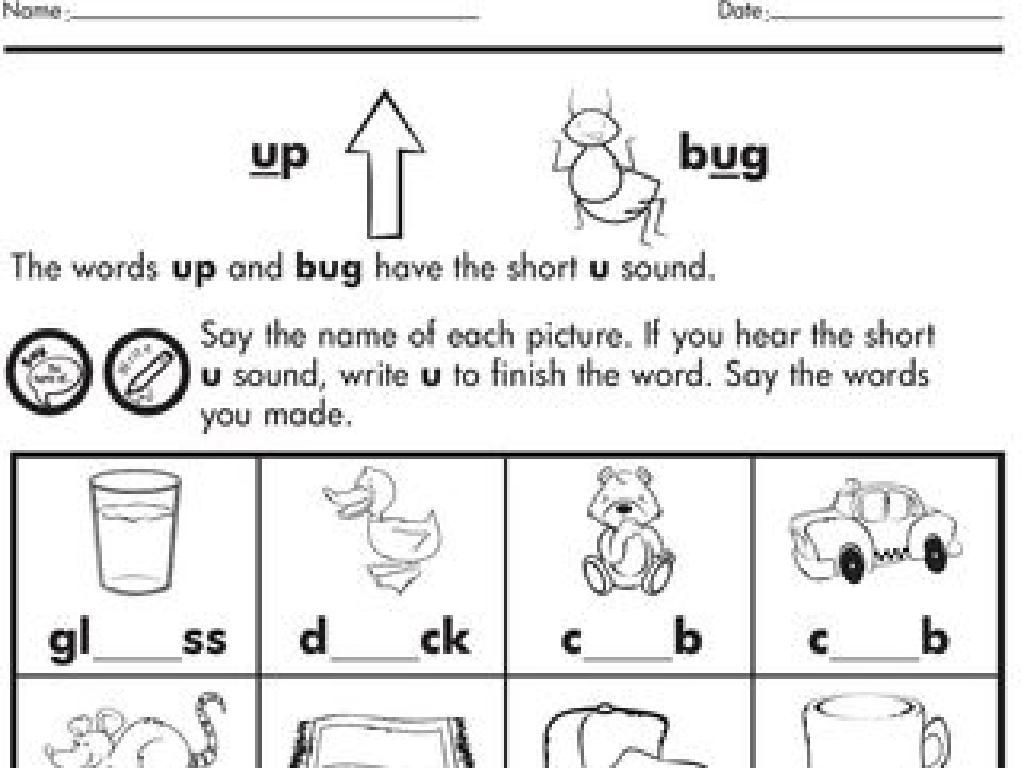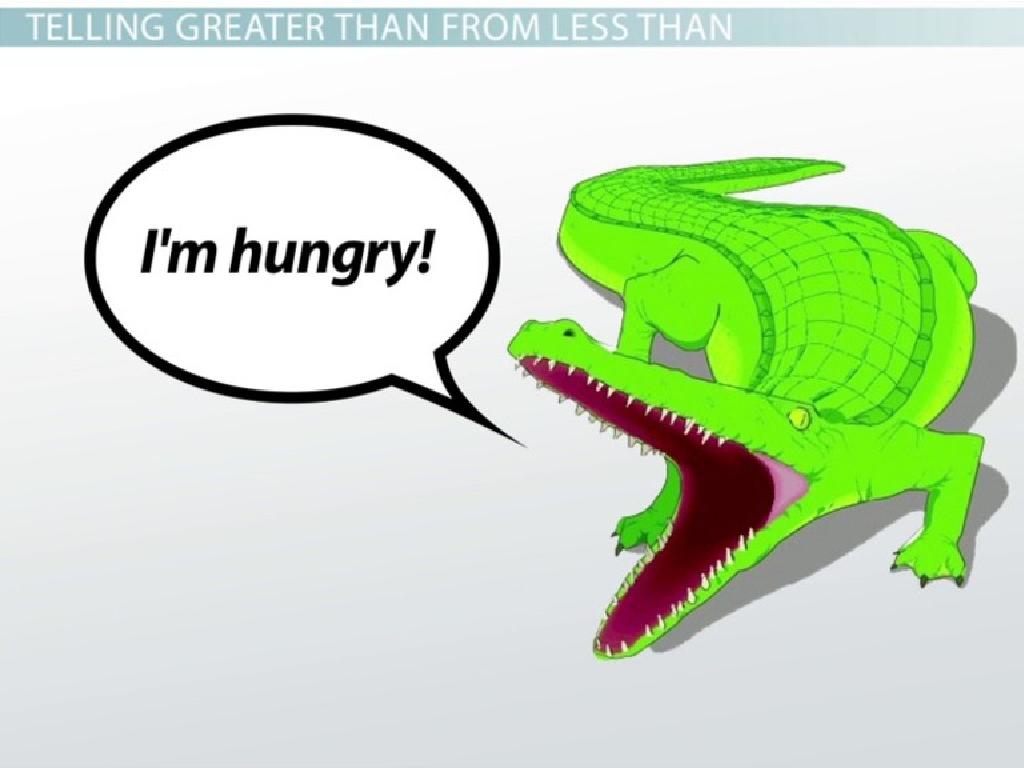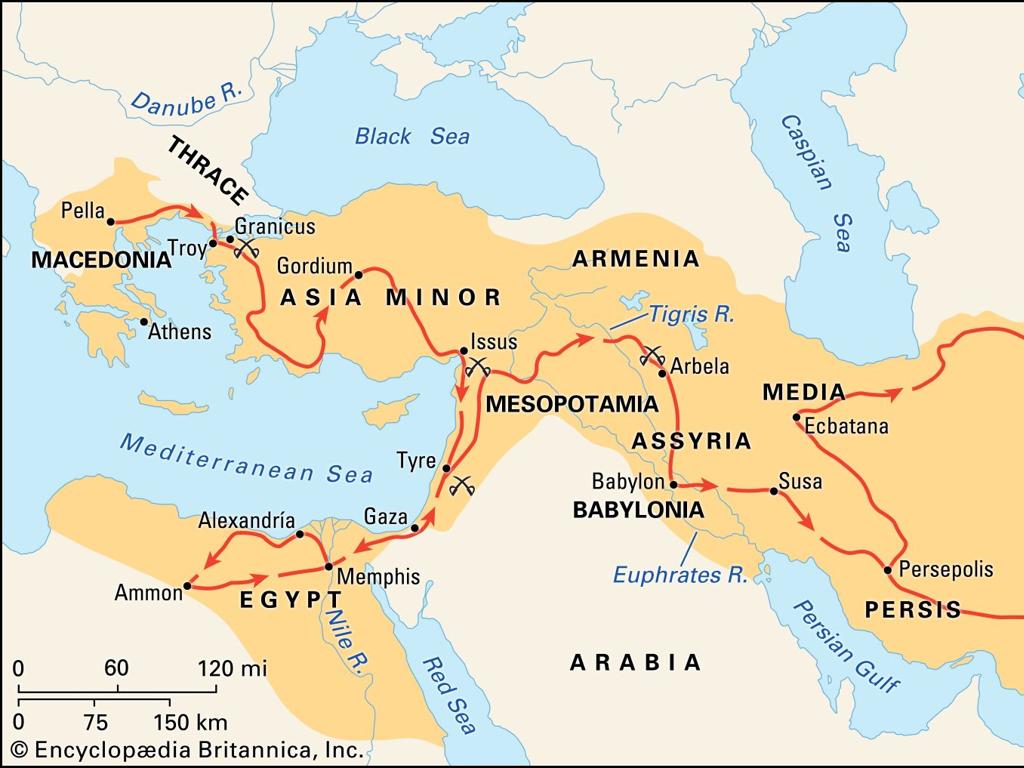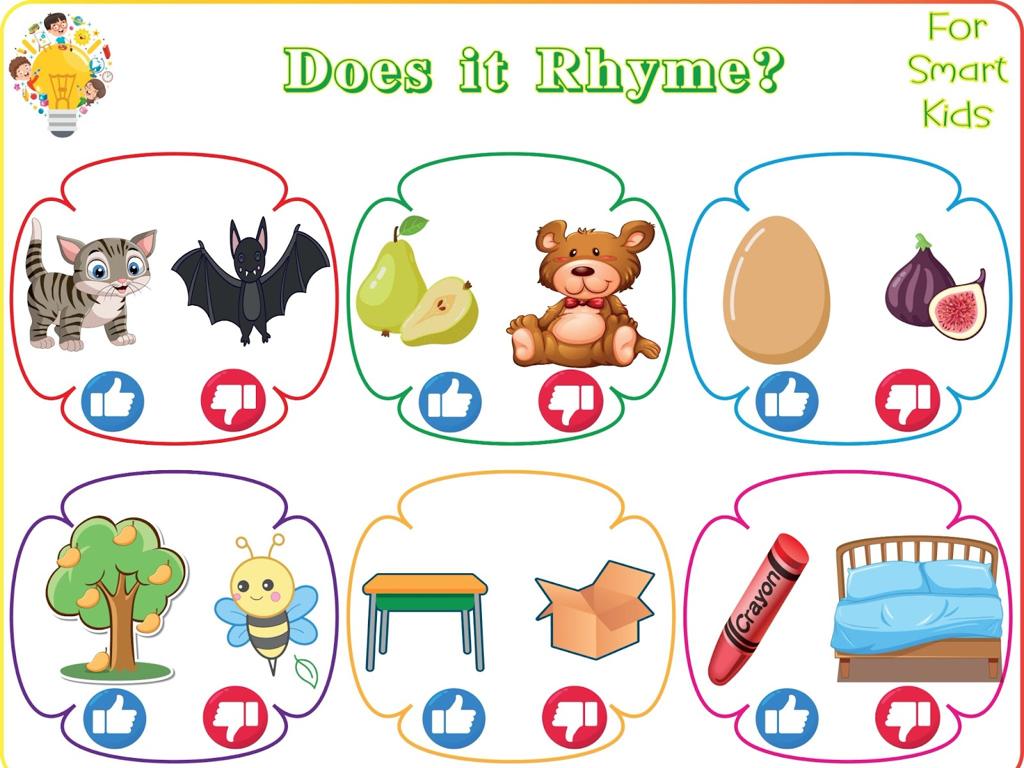Is It A Complete Sentence, A Fragment, Or A Run-On?
Subject: Language arts
Grade: Seventh grade
Topic: Sentences, Fragments, And Run-Ons
Please LOG IN to download the presentation. Access is available to registered users only.
View More Content
Introduction to Sentences
– Building blocks of writing
– Characteristics of a complete sentence
– Subject + verb + complete thought = complete sentence
– Sentence structure significance
– Good structure improves readability and communication
– Impact on clarity and coherence
– Poor structure can lead to confusion and misunderstanding
|
This slide introduces the fundamental concepts of sentence construction, which is crucial for effective writing. Emphasize that sentences are the building blocks of writing and that understanding how to construct a complete sentence is essential for clear communication. A complete sentence must have at least a subject and a verb and express a complete thought. Discuss the importance of sentence structure in writing, as it affects the clarity and coherence of the text. Explain that proper sentence structure helps readers understand the message, while run-ons and fragments can lead to confusion. Use examples to illustrate each point and encourage students to analyze sentences in their reading material.
Understanding Complete Sentences
– Define a complete sentence
– A sentence with a subject, predicate, and expresses a complete thought.
– Identify subject and predicate
– Subject: who/what the sentence is about; Predicate: tells something about the subject.
– Recognize a complete thought
– A thought that is fully expressed and doesn’t leave the reader with questions.
– Review sentence examples
– ‘The dog barked loudly.’ Subject: The dog; Predicate: barked loudly; Complete thought: The action is clear.
|
This slide introduces the concept of a complete sentence to the students. Begin by defining a complete sentence and explaining that it must contain a subject, a predicate, and express a complete thought. Emphasize that a subject is the person, place, thing, or idea that the sentence is about, while the predicate is the part of the sentence that tells something about the subject, usually containing a verb. Discuss how a complete thought means the sentence stands alone and conveys a clear message. Use examples to illustrate these points, and encourage students to create their own sentences to check for understanding.
Understanding Sentence Fragments
– Define sentence fragment
– A fragment is an incomplete sentence that lacks essential elements.
– Identify missing elements
– Look for missing subjects, verbs, or complete thoughts.
– Fragment examples
– ‘Running through the park.’ – lacks a subject.
– Non-examples of fragments
– ‘She runs through the park.’ – a complete sentence.
|
This slide aims to help students differentiate between complete sentences and sentence fragments. A sentence fragment is an incomplete sentence that lacks a subject, verb, or complete thought. During the lesson, emphasize the importance of having all these elements to form a complete sentence. Provide clear examples and non-examples to illustrate the concept. Encourage students to practice identifying fragments by looking for missing components in sentences. Use interactive activities where students can correct fragments to make them complete sentences. This foundational knowledge will aid in their writing and editing skills.
Run-On Sentences: Spotting and Fixing Them
– What is a run-on sentence?
– A run-on sentence contains two or more independent clauses incorrectly joined.
– Causes of run-on sentences
– They often happen when conjunctions or punctuation are missing.
– Recognizing run-ons in writing
– Example: I love to write papers I would write one every day if I had the time.
– Practice with examples
– Let’s correct a run-on: ‘I love to write papers, but I can’t do it every day.’
|
This slide introduces the concept of run-on sentences to the students, explaining what they are and how they can occur. Emphasize that run-on sentences are not just long sentences but are structurally incorrect because they lack proper punctuation and conjunctions to connect independent clauses. Provide clear examples to illustrate run-on sentences and engage the class in correcting these examples. This will help students understand how to identify and fix run-on sentences in their own writing. Encourage students to look for signs of run-ons, such as multiple subjects or predicates without proper punctuation or coordinating conjunctions.
Correcting Mistakes in Sentences
– Understanding sentence fragments
– A fragment is an incomplete thought, missing a subject or verb.
– How to fix run-on sentences
– Run-ons are sentences joined without proper punctuation or conjunctions.
– Practice revising sentences
– We’ll work together to identify and correct errors in example sentences.
– Importance of correct sentence structure
|
This slide aims to teach students how to identify and correct sentence fragments and run-on sentences. A sentence fragment lacks the necessary components to stand alone as a complete thought, typically missing a subject, verb, or both. Run-on sentences occur when two or more independent clauses are improperly joined without the correct punctuation or coordinating conjunctions. During the practice session, provide students with examples of both fragments and run-ons and guide them through the process of revising these sentences to make them complete and correctly structured. Emphasize the importance of proper sentence structure for clear communication. The activity will help reinforce the concepts and give students hands-on experience with editing and improving sentence construction.
Class Activity: Sentence Surgery
– Pair up for sentence diagnosis
– Identify errors in sentences
– Look for incomplete thoughts, run-ons
– Perform ‘surgery’ to correct them
– Add, remove, or rearrange words
– Present fixed sentences to class
|
This interactive class activity encourages students to work collaboratively to identify and correct sentence structure errors. Students will pair up and be given sentences that are either complete, fragments, or run-ons. Their task is to diagnose the type of error present and then ‘operate’ on the sentence to make it grammatically correct. After the activity, pairs will share their original and corrected sentences with the class, explaining the reasoning behind their corrections. For the teacher: Prepare a worksheet with a variety of sentences for students to work on. Consider including examples like: ‘The dog barking loudly’ (fragment), ‘She loves to dance she goes to class every week’ (run-on), and ‘The cat slept on the windowsill.’ (complete). Provide guidance on how to fix fragments by adding missing elements, how to split or join run-on sentences, and how to recognize a complete sentence. This exercise will help students understand sentence structure and improve their writing skills.
Wrapping Up: Sentences, Fragments, and Run-ons
– Recap sentence structures
– Review what makes a complete sentence vs. a fragment or a run-on.
– Understand structure importance
– Proper sentence structure ensures clear communication.
– Homework: Analyze a paragraph
– Identify complete sentences, fragments, and run-ons in your writing.
|
As we conclude, it’s crucial to reinforce the differences between complete sentences, fragments, and run-ons. A complete sentence has a subject, verb, and expresses a complete thought. Fragments are incomplete thoughts and run-ons are two sentences joined improperly. Understanding and using proper sentence structure is vital for effective communication. For homework, students will write a paragraph on a topic of their choice, then identify and label each sentence, fragment, and run-on. This exercise will help solidify their understanding and give them practical application experience. In the next class, we can review some of the paragraphs as examples to further clarify any confusion.






